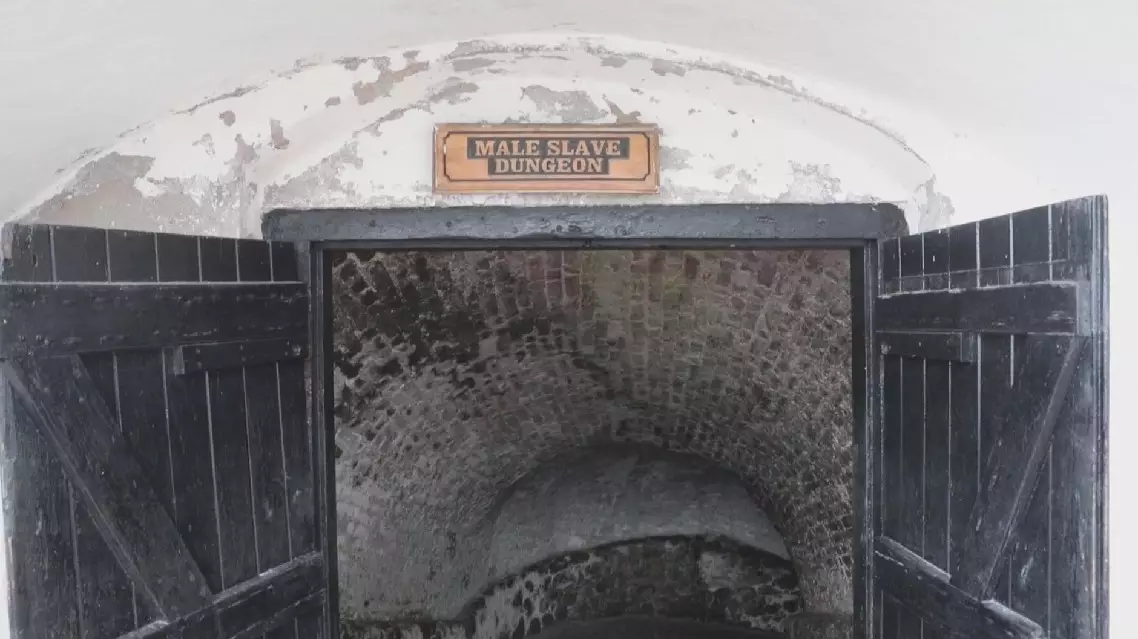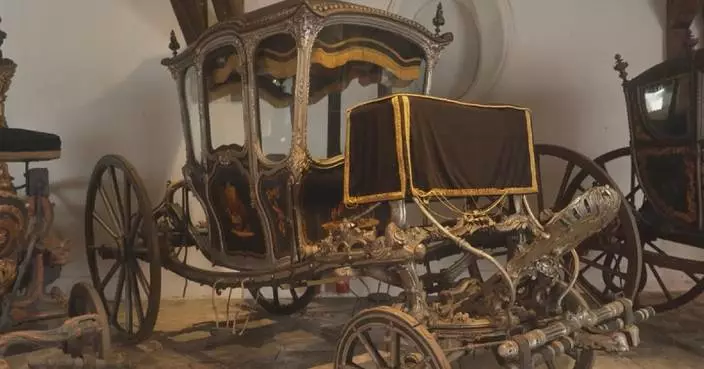Organizers finished preparations Saturday for a major Chinese art exhibition set to open in Paris to drive cultural exchanges and spread the Olympic spirit.
Titled "From Beijing to Paris: Olympic Tour of Chinese and French Artists," the grand event, co-hosted by China Media Group, the French National Olympic and Sports Committee, the Ligue de Football Professionnel, and several French art organizations, will open at the Les Invalides exhibition venue on May 6.
Art enthusiasts in Paris will have the opportunity to view over 200 pieces by more than 100 leading Chinese artists.
Works set to be showcased cover various fields such as Chinese ink-and-wash paintings, calligraphy, oil paintings, sculptures, and pieces of intangible cultural heritage, highlighting the diversity and openness of Chinese art.
Representatives from international organizations such as the United Nations and the International Olympic Committee, as well as big names from the political, economic, cultural, artistic, sports, media and academic circles of the two countries, including nearly 20 academicians of the Académie des Beaux-Arts of France, will gather at the Les Invalides exhibition center to attend the opening ceremony of this historic cultural feast.
The public can view the exhibition from May 7 to 18. The exhibition aims to encourage cultural contacts between China and France, foster people-to-people exchanges, promote the Olympic spirit, and let French people experience the allure of Chinese art through a range of current pieces.

Stage set for opening of Chinese art exhibition in Paris

Stage set for opening of Chinese art exhibition in Paris
Ghana's Cape Coast Castle Museum, housed in one of the wings of Cape Coast Castle, commemorates centuries of the slave trade on the African continent.
Cape Coast Castle, located on the rocky coast of the Eastern Atlantic, is the most prominent of the 30 or so "slave castles" in the West African country. It served as an important trading port in the infamous transatlantic slave trade between Europe, Africa and the Americas before Ghana became independent.
In 1974, the government of Ghana converted the castle into a historical museum, and in 1979, Cape Coast Castle was inscribed on the UNESCO World Heritage List, along with other colonial castles in Ghana.
In the corners of the castle are sealed, dank dungeons known to the colonists as "slave caves," where Africans were confined before being forced onto slave ships bound for the Americas. There are about a dozen narrow dungeons in the castle, which are divided into "men's cells" and "women's cells," with each holding between 100 and 200 people, and having only enough space for the people to stand or sit close together and small skylights for ventilation. Very limited food and water were supplied there.
The castle once held over 1,000 Africans at a time while the colonists waited for the right monsoon to sail. The museum's narrator said the physical and mental torture of the internees sometimes lasted months, and many died of starvation and disease before boarding the slave ships.
By comparison, the occupants of the administrative offices above lived in relatively luxurious, large and bright rooms.
Through the renowned "Door of No Return" at the end of the castle, the enslaved Africans ended their last time in their homeland and began their one-way journey to be shipped across the ocean.
During the Atlantic slave trade from the 16th to the 19th century, a total of 10 to 12 million enslaved Africans were transported across the Atlantic Ocean to the Americas, fueling global trade and the rapid accumulation of capital and leaving devastating effects in Africa, including the loss of young and able-bodied labor, drastic population reduction, disruption of production technology and tribal conflicts, escalation of violence, and decline of civilization.

Ghana's castle-based museum commemorates slavery history











